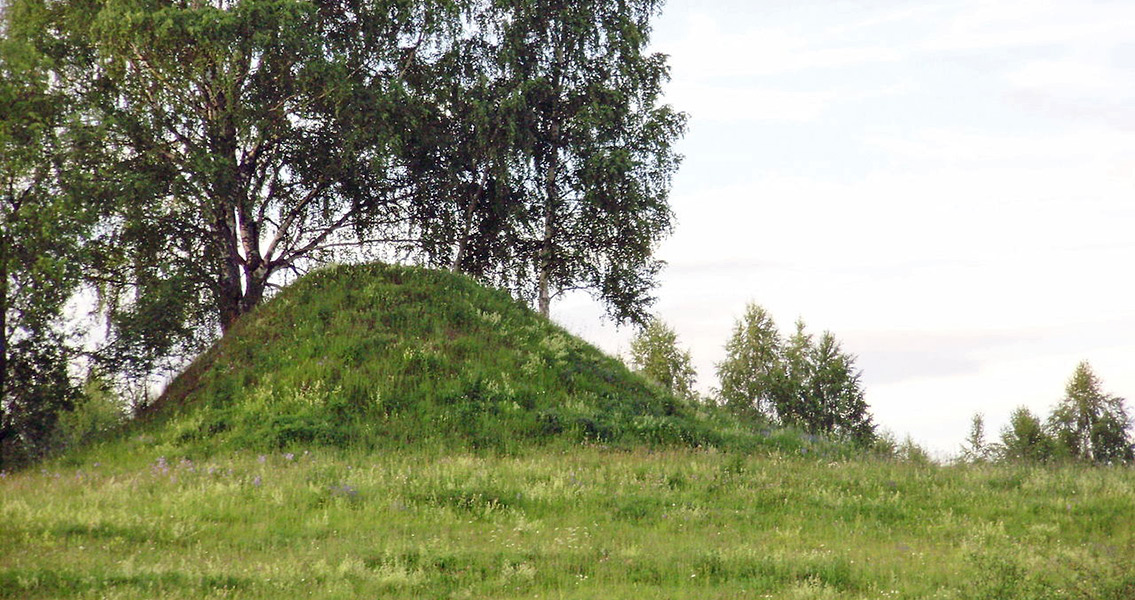<![CDATA[A burial mound accommodating the remains of nine individuals dated to the Stone Age has been unearthed in western Siberia. The discovery’s significance lies primarily in the fact that this kind of burial site was believed to have emerged later, in the Bronze Age, Russian media report. The discovery was made by archaeologists and students from the Kemerovo State University. The head of the archaeology department at the university, Vladimir Bobrov, told Interfax that common opinion in archaeological circles is that these kinds of burial mound, called kurgans and associated mostly with the Scythians, appeared in the Bronze Age, “after the discovery of the alloy.” The mound in Vengerovsky region, however, has been dated to between the sixth or fifth millennium BCE, in the Neolithic. Earlier finds have suggested that Neolithic people buried their dead in individual graves or at most buried two people in the same grave, which was no more than a hole in the ground, Bobrov explained. This mound, however, was completely different. For one thing, it resembles a house rather than a grave. For another, it contains the remains of no less than nine people: men, women, and children, plus a stone axe and a horn-tipped arrow. To make things even more fascinating, the researchers working at the site found that the people had not all been buried in the kurgan simultaneously. Some of the occupants were laid to rest there originally, but others were initially buried elsewhere and only later moved to the mound. Commenting on possible explanations for the unusual burial, Bobrov told Interfax that one could be that a radical socio-economic change in the local community took place before the Bronze Age. TASS news agency quotes him as saying that it could have been a sign of the demise of collectivism – the founding principle of early tribal communities. Another possible explanation has to do with hitherto unknown religious beliefs. A third is that the people buried there belonged to a new, non-indigenous culture that brought its burial rituals with it when it moved into the area. The remains have now been sent for radiocarbon dating to the German Archaeological Institute and the Institute of Cytology and Genetics with the Russian Academy of Sciences. The site where the kurgan was discovered is not new to archaeologists. In fact, there have been excavation works there for the last ten years, but the researchers focused on earlier finds – Stone Age houses in direct proximity to the later burial mound. A total of six such houses were found there, and a settlement with the remains of another sixty or so was unearthed about 400 metres from the mound. It is generally believed that kurgans emerged some time during the fourth century BCE in the Caucasus, but later spread to the Balkans, Ukraine and the Central Asian steppes. The people most popularly connected with these burial mounds are the Scythians, nomads who roamed the steppes between the ninth and the second century BCE. Most of what is known about their culture comes from Greek historical records and evidence from the kurgans they left behind because no remains of Scythian settlements have ever been found. Image courtesy of Wikimedia Commons user: Sabdrik-x ]]>
Stone Age Burial Mound Discovered in Siberia
